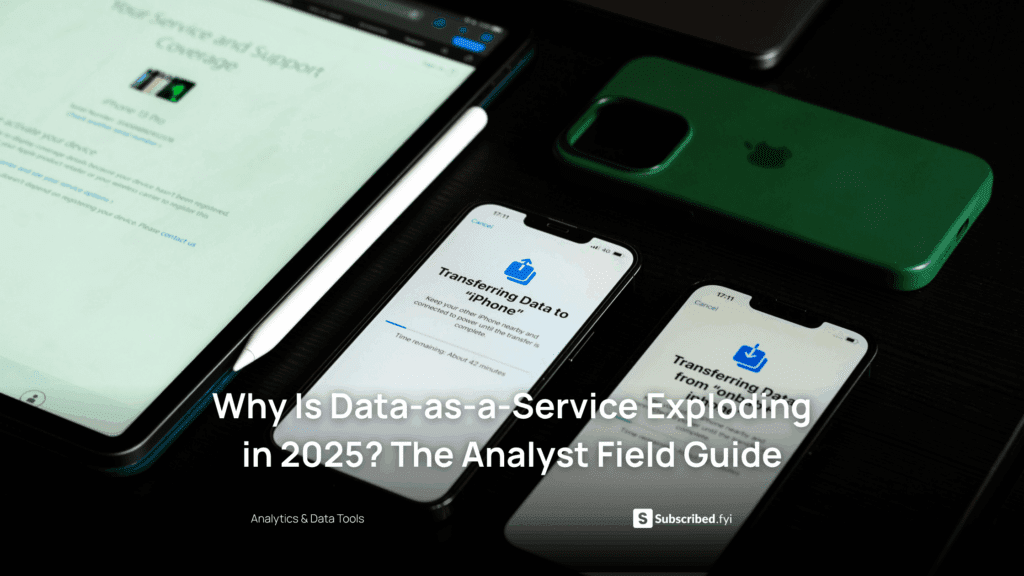Understanding Revenue Management: 5 Strategies for Success in 2024
- Expense Management Software Credit Cards Investing Business Solutions


Mastering revenue management is pivotal for sustainable growth and success. As we enter 2024, the strategies for effective revenue management are evolving to meet the demands of a competitive market. This article explores the nuances of revenue management, providing insights into key strategies that businesses can leverage for success.
What Is Revenue Management?
Revenue management, also known as yield management, is the strategic distribution of pricing and inventory to maximize revenue growth. It involves understanding customer behavior, market dynamics, and optimizing pricing strategies to enhance profitability. In essence, revenue management aims to sell the right product or service to the right customer at the right time and for the right price.
5 Strategies for Revenue Management Success
1. Dynamic Pricing
Dynamic pricing involves adjusting product or service prices based on real-time market demand, competitor pricing, and other relevant factors. Leveraging advanced algorithms, businesses can optimize prices to maximize revenue during peak demand periods while remaining competitive during slower periods.
2. Customer Segmentation
Understanding your customer base is fundamental to effective revenue management. By segmenting customers based on behavior, demographics, and purchasing patterns, businesses can tailor pricing and marketing strategies to meet the unique needs of each segment. This targeted approach enhances customer satisfaction and loyalty.
3. Forecasting and Data Analytics
Accurate forecasting is a cornerstone of revenue management. Utilizing data analytics and predictive modeling, businesses can anticipate market trends, demand fluctuations, and other variables. This foresight allows for proactive adjustments to pricing and inventory, minimizing revenue leakage.
4. Optimized Inventory Management
For industries with perishable inventory or limited capacity, optimizing inventory management is critical. Implementing systems that track inventory in real-time enables businesses to make informed decisions about pricing and availability, ensuring maximum utilization and revenue generation.
5. Strategic Partnerships and Bundling
Collaborative partnerships and strategic bundling of products or services can be powerful revenue management tools. By aligning with complementary businesses or offering bundled packages, companies can enhance the perceived value of their offerings, attract a broader customer base, and increase overall revenue.
Relevant SaaS Products for Revenue Management
As businesses delve into revenue management strategies, leveraging the right SaaS tools becomes instrumental. Here is a curated list of SaaS products that align with the strategies discussed, assisting in optimizing revenue streams and enhancing overall efficiency.
1. Dynamic Pricing Solutions
- Price2Spy: A dynamic pricing tool that enables businesses to monitor competitor prices, automate price adjustments, and maximize profitability.
- Wigzo: An AI-driven dynamic pricing platform that helps businesses set optimal prices based on real-time market conditions and customer behavior.
2. Customer Segmentation Platforms
- HubSpot CRM: HubSpot’s CRM provides robust customer segmentation features, allowing businesses to organize and understand their customer base for targeted strategies.
- OptinMonster: An optimization and lead generation tool that helps businesses segment website visitors and deliver personalized messaging.
3. Forecasting and Data Analytics Tools
- Tableau: A powerful data analytics and visualization tool that facilitates in-depth analysis, forecasting, and trend identification.
- IBM Planning Analytics: An AI-infused planning tool that assists businesses in creating accurate financial forecasts and scenario analyses.
4. Inventory Management Systems
- TradeGecko: An inventory management platform that provides real-time tracking, order fulfillment, and insights to optimize inventory utilization.
- Fishbowl: An inventory management solution designed to streamline processes, enhance accuracy, and improve overall inventory control.
5. Strategic Partnerships and Bundling Platforms
- PartnerStack: A partner relationship management platform that facilitates the creation and management of strategic partnerships.
- Zoho Subscriptions: A subscription billing and management tool that enables businesses to implement strategic bundling and pricing models.
Conclusion
Mastering revenue management requires a strategic approach that considers market dynamics, customer behavior, and emerging trends. By implementing these five strategies, businesses can optimize their revenue streams, drive profitability, and stay ahead in the ever-evolving business landscape of 2024.
Subscribed.FYI simplifies the process of managing your SaaS subscriptions, aligning with the efficiency goals of revenue management. As businesses navigate the complexities of various software tools, Subscribed.FYI empowers them to make informed decisions about their SaaS stack, ultimately contributing to cost savings and enhanced productivity.
Relevant Links:











